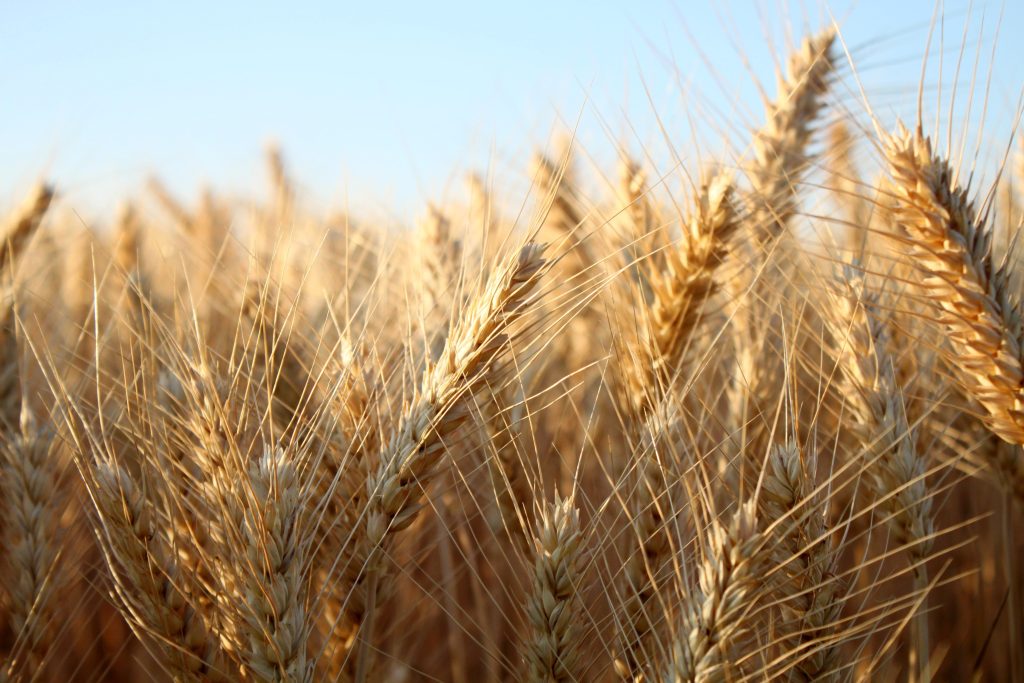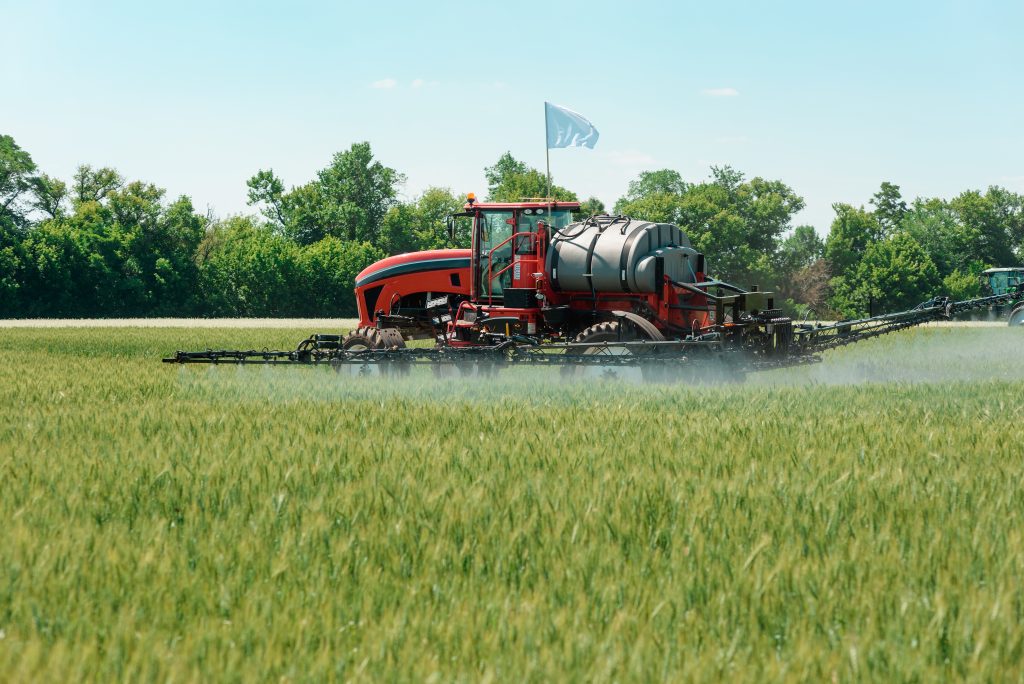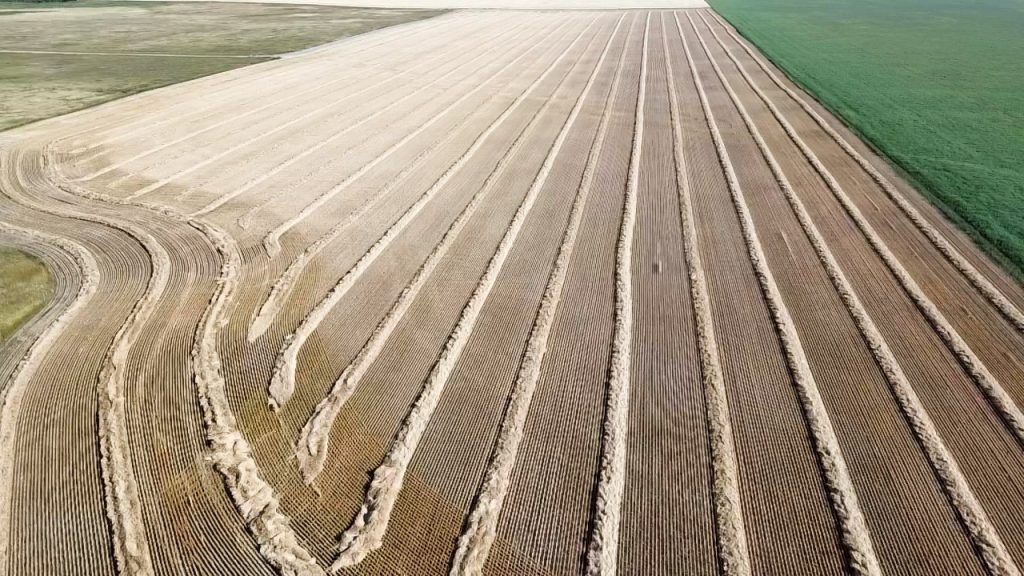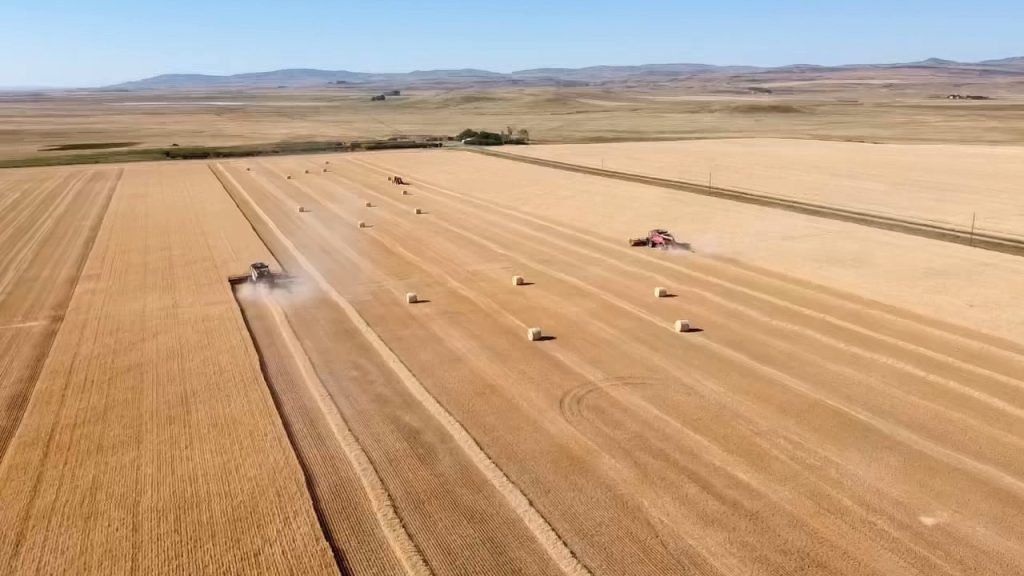
In many parts of western Canada this year, rain came early and made for a solid grass year. Unfortunately, the rest of the summer brought mostly extreme heat with little moisture other than a handful of storms that brought extreme wind and hail with them. This has left many grain farmers looking to salvage their damaged crops by repurposing them into livestock feed.
Cattle are the ideal up-cycler for products that aren’t suitable for human consumption, but there are a few factors to take into consideration to make sure that salvage is successful.

Chemical Withdrawal Times
When farmers are planning on using a crop to produce grain, whether for human or livestock consumption, they use different pesticides than they would if they planned for livestock to graze the crop standing. Each product has a label that indicates restrictions, warnings, and guidance on using crops for livestock feed. Reading and following the label will prevent any harm to livestock when salvaging these crops, and also prevent any chemical residues from ending up in carcasses.
Every product is different in terms of its restrictions for livestock feed, but a couple examples of guidelines you might encounter are:
- Safe to harvest times: Indicate a number of days (specific to a crop) after application that the crop can be harvested.
- Do not graze warning: Indicates that a particular crop treated with the product is not safe for livestock consumption.
- Pre-grazing intervals: Indicate a number of days (specific to a crop) after treatment that the crop can be grazed or cut for greenfeed.
For more tips on following chemical withdrawal times, check out our Salvaged Feed Fact Sheet:

Feed Testing
If a crop is up for salvage, it’s probably been damaged in some way, which also has impacts on the nutritional composition of the crop. Feed testing is important to make sure that the nutrients (energy, protein, etc.) in the crop can be fit into a whole ration to get cattle what they need, but also to make sure there’s nothing potentially concerning in the feed.
A common concern in salvaged feed during a drought is high levels of nitrates and sulphates. While not necessarily toxic on their own, high nitrate or sulphate levels in feed can compound higher levels in other feed ingredients or even water. Feed testing lets you understand what you’re working with so that you can work in salvaged feed without causing unintended harm.
For more tips on alternative feed sources and testing feed, check out the Beef Cattle Research Council’s Alternative Feeds page:

Setting a Price
For a mixed farm, it’s easy enough to take a salvaged crop from one enterprise and feed it to livestock in another. But what about grain farmers who might be looking for a neighbour with cattle that could use some feed?
It can be hard to figure out how to put a price on salvaged feed – after all, it’s not a typical avenue for marketing, hence the term salvage! Luckily, the Beef Cattle Research Council has a calculator to help put a value on salvaged crops:
